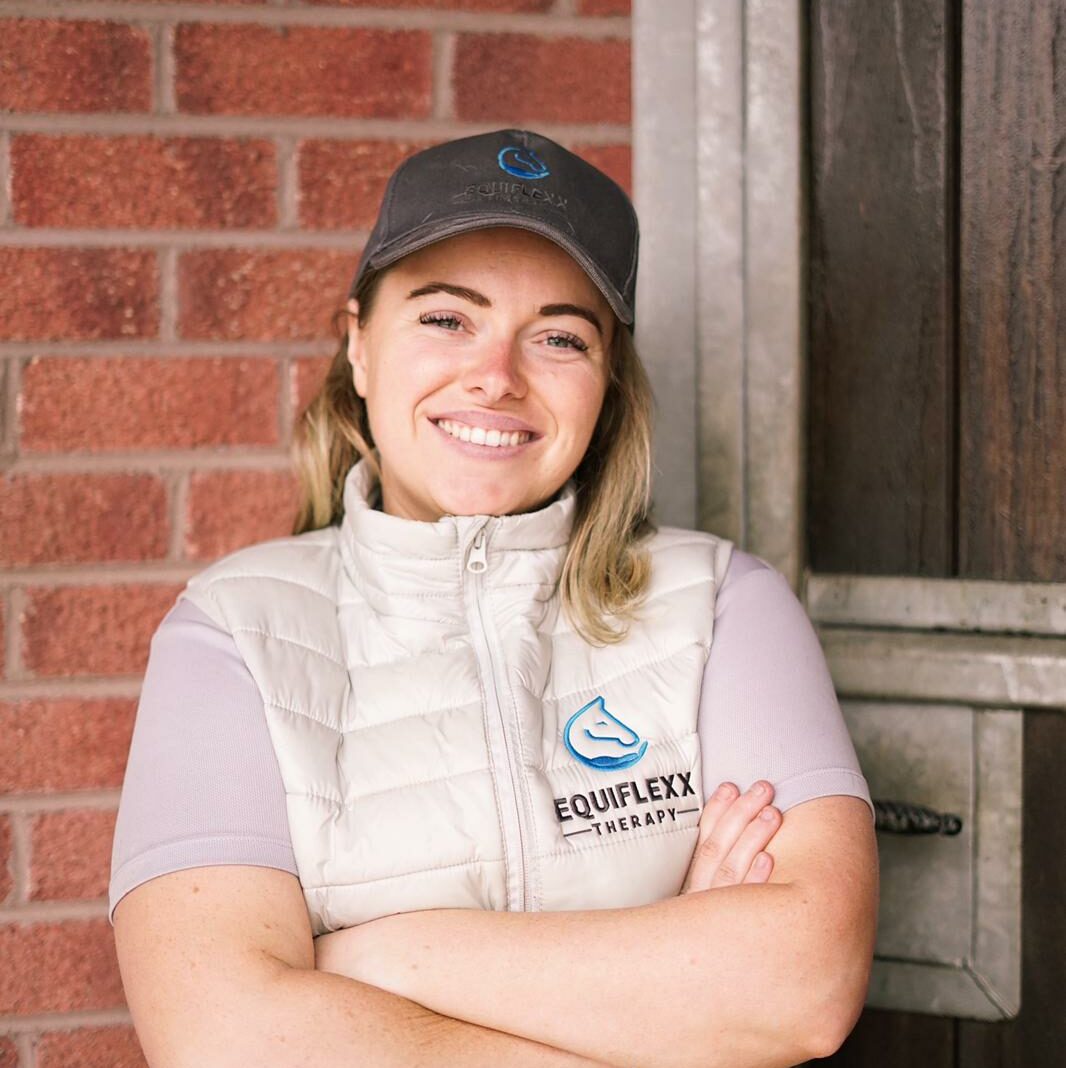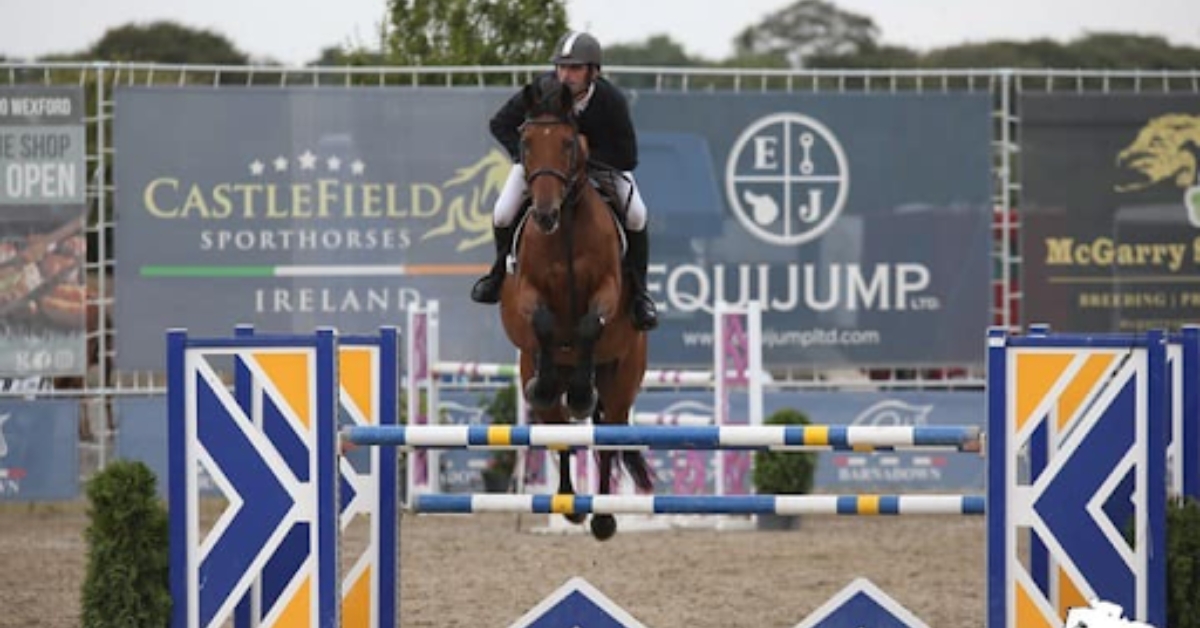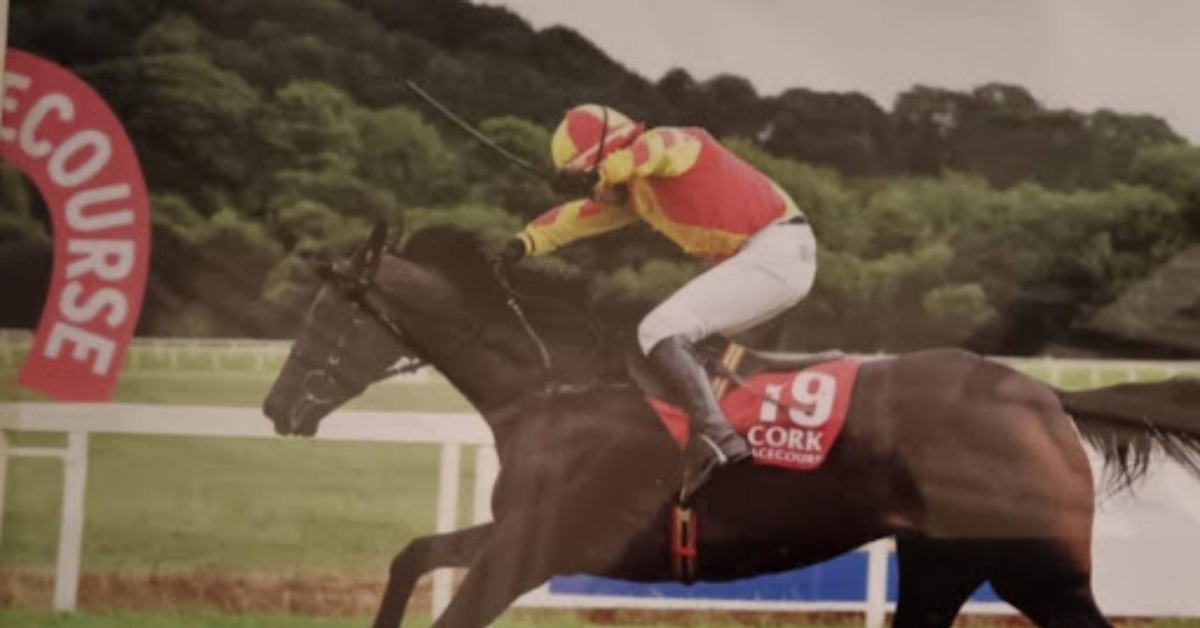Whenever I hear the word ‘Rotational Fall’ I immediately get a sick feeling in the pit of my stomach. I don’t like witnessing it, I don’t like talking about it and I certainly DO NOT ever want to experience one! Of course, accidents happen and they can happen in any discipline, in any scenario. I compete in Showjumping so my risk of a rotational fall in reduced versus if I was to compete in eventing, but the risk is not completely diminished. It is something that is always in that back of my mind.
What is a Rotational Fall?
Seen mostly in the Cross Country phase of eventing due to the solid nature of the fences. The horse hits the fence with its forelegs or chest, the horse and riders body is thrown forward, the fence acts as a pivot point. In worst case scenarios the horse lands on top of the rider.
Rotational falls are the leading cause of death and serious injury in Equestrian sport. Since the introduction of Frangible pins in 2001, serious rider injuries caused by rotational falls have reduced by two-thirds. When a frangible pin is activated, the top rail of the fence collapses, the horse falls downwards rather than being thrown forward, reducing the risk of serious injury. However, there are so many variable factors involved trying to determine the probability of a rotational fall.
A study conducted by the FEI found that the percentage of falls in 2019 (rotational and non rotational) is higher than in 2018. In 2008 the statistic was 1 rotational fall per 322 starters, this has decreased to 1 rotational fall per 805 starters in 2019. The number of rotational falls have been decreasing since 2013. (FEI Eventing Risk Management Programme 2008-2019)
The key is to reduce the force of contact and friction between the horse and the fence. Research and development into anti friction materials, open faced fences, the angles in which fences lie, and collapsible mechanisms are vital in progressing the safety of the sport. Frangible or breakaway pins cannot be fitted to certain fence types such as Tables. Should this kind of fence be eliminated from modern Eventing to reduce the risk of serious injury?
Of course, we can never completely reduce the risk of a rotational fall in any equestrian discipline, but the risk can be greatly reduced. I believe every rider has a duty of care to ensure that conditions are suitable for that horse/rider combination. For example, a young, inexperienced horse, with a poor jumping technique, poor fitness level, harsh ground conditions, with a relatively inexperienced rider, entered into their first ever 2* event is going to have a greater risk of incident or serious injury versus a horse being entered in the same event but with more favourable factors.
There are some things we cannot control, therefore it is pointless worrying about them. Even with all the preparation and training in the world, luck on the day always plays a huge factor in any equestrian discipline.
Pictured below is an example of what could have been a nasty rotational fall but you can clearly see the frangible pins doing their job and collapsing the top rail on impact.
(Picture ref: Chronicle of the horse, Lindsay Berreth)


Share
Your subscription is 100% Free for our first year, No credit card details required.

Mark your calendars as the world-renowned Distinguished Gentleman’s Ride (DGR) is set to make a triumphant return on Sunday May

The next producer I talk to in this series, is Timmy of T.Doyle Sport Horses. Timmy is another long standing

On Saturday afternoon I was invited up to former National Hunt jockey Frank Hayes’ yard, based in Philip Fenton’s yard just